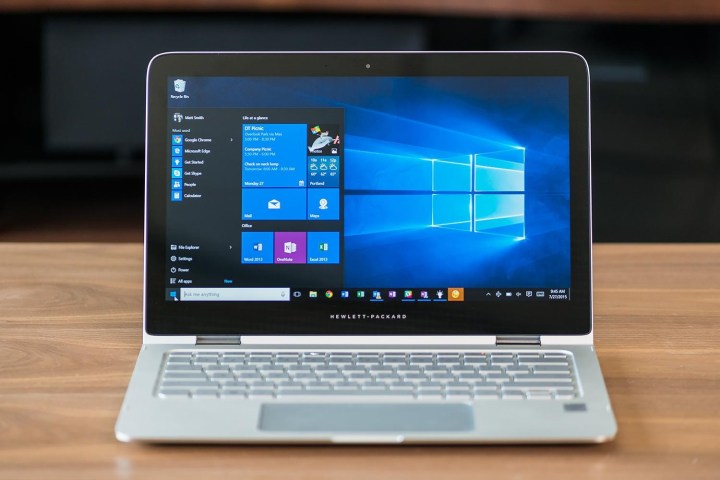
That’s why the continued adoption of Windows 10 is an important metric for Microsoft and one that it’s closely watching. When these metrics are stagnant or going down, it’s cause for some concern, and the latest Steam and NetMarketShare data are two examples, as Neowin reports.
First up is NetMarketShare, which tracks network traffic according to operating system, among other data points. By its measure, Windows 10 was essentially stagnant in February 2017, at 25.19 percent compared to 25.3 percent in January 2017. Windows 7, which remains Windows 10’s primary competitor, was at 48.41 percent in February compared to 47.2 percent in January. That means Windows 7’s share of the desktop operating market actually increased a bit, leaving Windows XP’s slight decrease as the only real positive for Microsoft.
Next is Steam’s monthly report, which tells us which operating systems are most popular among PC gamers using Valve’s popular gaming service. Although Windows 10 had previously crossed the 50 percent share value in December 2017, it fell back below it in January 2017 and further decreased to to 48.77 percent in February 2017. Once again, Windows 7 gained much of Windows 10’s decline, increasing to 36.81 percent. Microsoft can take some solace, however, in the knowledge that Windows remains the dominant PC gaming platform, with over 95 percent of all gamers running one version of Windows or another.

Windows 10 crossed the 400 million device threshold back in September 2016, and Microsoft hasn’t reported new numbers since. The company had already backed off of its goal of a billion Windows 10 machines by 2018, an indication that while Windows 10’s adoption rate has been good, it hasn’t been great.
All signs point to the release of the next major Windows 10 update, Creators Update, in April, which will bring enhanced 3D support, improved PC gaming, and a number of other improvements and new features. Perhaps that update will prod holdouts to make the switch to Windows 10, and if the PC market improves, new machines running Windows 10 will also help these numbers. In the meantime, Microsoft executives are likely left scratching their heads at what looks a lot like a pause in Windows 10’s growth.
Editors' Recommendations
- Windows 11 vs. Windows 10: finally time to upgrade?
- The best Windows 10 keyboard shortcuts
- Windows 11 has been causing problems with Intel graphics for months, and no one said a word
- After 10 years of headaches, I’m finally a believer in Windows on ARM
- The latest Windows update is causing major printer problems



